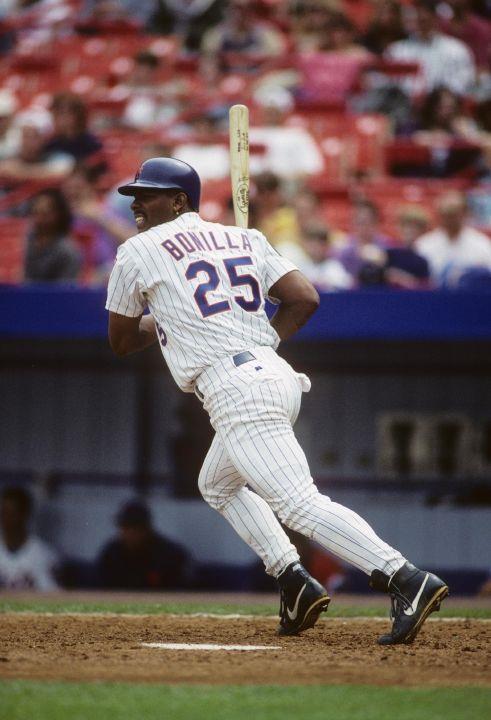July 1st is an important day for Major League Baseball. All teams that have deferred money on any player's contracts must pay their annual deferment rates to those parties.
The day has gained some notoriety throughout the sport as it has become known as “Bobby Bonilla Day” due to the insane terms within the contract Bonilla had when the Mets released him in 1999.
For those who are unaware, the Mets released Bonilla following a poor 1999 season. but still owed him $5.9 million on a contract he signed with the Marlins before being traded to the Dodgers and later the Mets.
Upon his release, Bonilla and his agent offered the Mets a deal: Bonilla would defer payment for a decade, and the Mets would pay him an annual paycheck of $1.19 million – which is about 8 percent interest on return – starting in 2011 and ending in 2035, adding up to a total payout of $29.8 million. Bonilla also receives $500,000 every year through 2028 in another deferred contract he had with the Baltimore Orioles in 1996.
Mets owner Fred Wilpon regretfully accepted the deal mostly because he was heavily invested with Ponzi schemeoperator Bernie Madoff, and the 10 percent returns he thought he was getting on his investments with Madoff outweighed the eight percent interest the Mets would be paying on Bonilla's initial $5.9 million. As a result, the payout was a subject of inquiry during the Madoff investment scandal investigation when it came to light in 2008.
Many players have since been using this as a tactic for negotiating buyouts from their contracts and some teams will even do it as a way to get certain players off their roster. Bonilla’s is more notable because of the shadiness of Bernie Madoff being involved.
However, there is at least one player who’s deferred contract may be even worse than Bonilla’s. That is first ballot Hall of Famer Ken Griffey Jr and his contract with the Cincinnati Reds.
In 2000, Griffey requested a trade from the Seattle Mariners as he desired to be closer to his family and his native Ohio. The Mariners obliged with the then 30 year olds demands and shipped him off to the Reds for a haul of prospects that included Mike Cameron and Brett Tomko.
Once he arrived in Cincinnati, Griffey Jr. signed a nine-year, $112.5 million deal with Cincinnati. The marriage would abruptly end in 2008 when the declining Griffey was traded to the Chicago White Sox. Instead of paying “The Kid” outright throughout his contract, the Reds decided to have about half the money deferred, meaning he agreed to collect approximately $3.6 million per year from 2009 through 2024.
The Reds will pay Griffey $3.6 million for the second-to-last time this Saturday as he will have collected the remaining $54 million that is owed to him by Cincinnati.
If you were to compare the two deals side by side, Griffey is making more deferred money over a shorter period of time compared to Bonilla. Griffey’s $54 million over 15 years is significantly more money than Bonilla’s $29.8 million over 24 years.
 |
| File Photo |
If there wasn’t a Ponzi scheme behind the Bobby Bonilla buyout, July 1st might be known as Ken Griffey Jr. day instead of being called Bobby Bonilla day. Both contracts are going to hurt both teams in the long term and other franchises should view these contracts as a cautionary tale of the negatives of deferred money deals.
